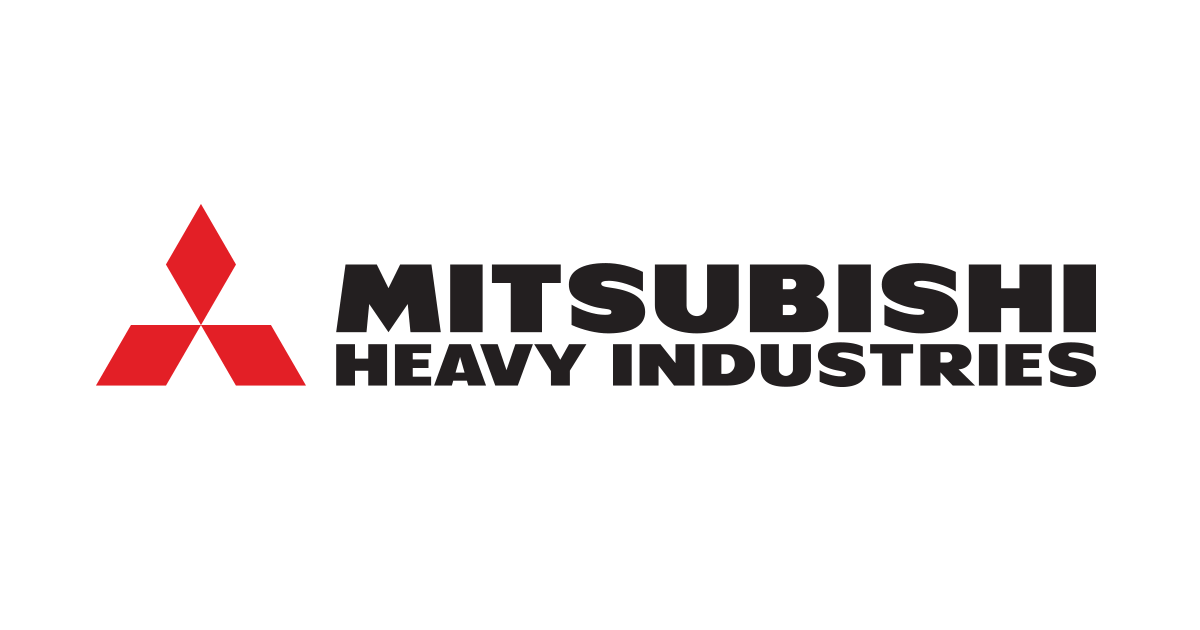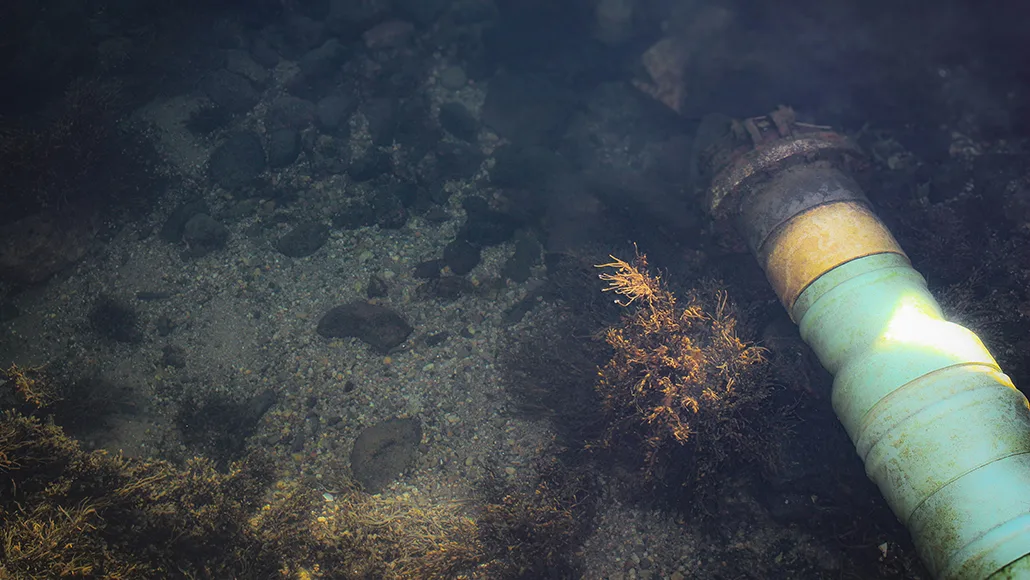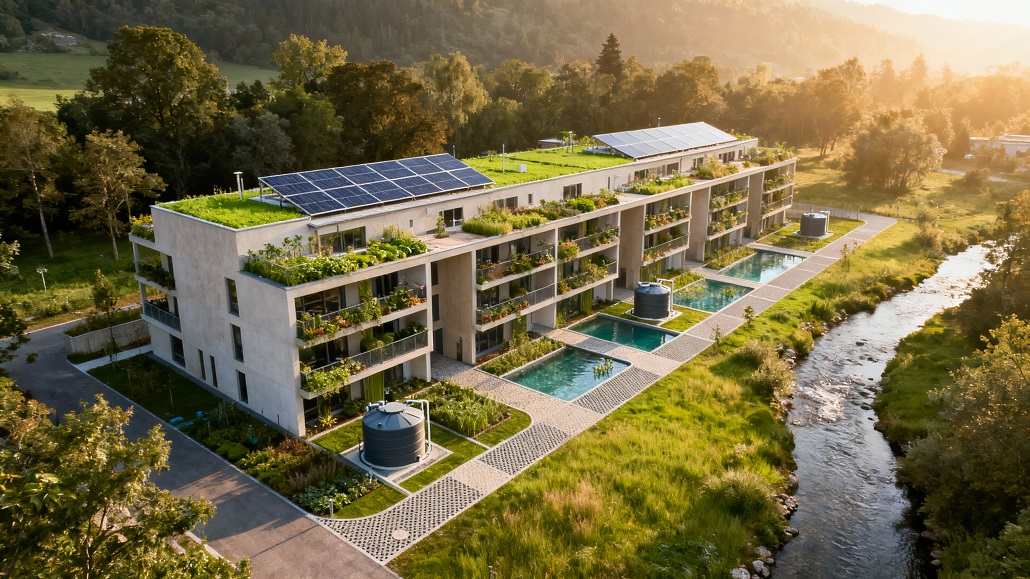STRABAG AND LIEBHERR TEST HYDROGEN-POWERED WHEEL LOADER IN GRATKORN QUARRY
The switch to hydrogen has the potential to save up to 37,500 litres of diesel or approximately 100 tonnes of CO2 per year. For the first time, green hydrogen will replace conventional diesel to power a large wheel loader in practical operation. The switch to hydrogen has the potential to save up to 37,500 litres of diesel or approximately 100 tonnes of CO2 per year. Copyright: STRABAG In the presence of Leonore Gewessler, the Federal Minister for Climate Action and Environment, STRABAG and its partners Liebherr and Energie Steiermark launched a pilot project for the use of a hydrogen-powered wheel loader at Gratkorn quarry. For the first time, green hydrogen will replace conventional diesel to power a large wheel loader in practical operation. The construction sector is responsible for 38% of emissions worldwide. STRABAG is aware of its responsibility in this regard and is working to reduce greenhouse gas emissions along the entire value chain. “We want to become climate neutral by 2040. And we will only achieve this goal with a resolute commitment to lower carbon emissions across the board – in the operation of our construction machinery, for example. We are delighted to have Liebherr and Energie Steiermark at our side, two partners whose expertise is helping us to develop and test innovative powertrain solutions. Wheel loader powered by innovative hydrogen engine from Liebherr STRABAG is putting its trust in its experienced partner Liebherr to deliver the technology. The construction machinery manufacturer recently unveiled a wheel loader with a hydrogen engine. “Hydrogen engines make it possible to also operate large vehicles that are difficult to electrify due to their high energy requirements at completely zero-carbon conditions,” explains Herbert Pfab, technical managing director of Liebherr-Werk Bischofshofen GmbH. The hydrogen engines are manufactured at the engine production facility of Liebherr-Component Technologies in Bulle, Switzerland. The engines will enable zero-emission certification for the machinery with regard to CO2 and will also fulfil the zero-emission limits for nitrogen oxides, currently in preparation. STRABAG and Liebherr will be testing the wheel loader in daily operation over a trial period lasting several years. STRABAG has already created the proper conditions for the test by setting up the necessary infrastructure at its Kanzelsteinsteinbruch quarry in Gratkorn. In the presence of Leonore Gewessler, the Federal Minister for Climate Action and Environment, STRABAG and its partners Liebherr and Energie Steiermark launched a pilot project for the use of a hydrogen-powered wheel loader at Gratkorn quarry. Copyright: STRABAG Energie Steiermark to supply quarry with green hydrogen The development of the hydrogen wheel loader was just one challenge; ensuring a reliable supply of green hydrogen to the quarry was another demanding task for those involved. In Energie Steiermark, STRABAG has found a partner with the necessary hydrogen expertise to set up the hydrogen supply for the refuelling infrastructure at the quarry. “Hydrogen is a key component of the energy transition. With our production plant for green hydrogen in Gabersdorf, we have established the basis for supplying regional industrial customers. Realising this pioneering project together with STRABAG and Liebherr not only strengthens our position as a local sustainability partner, but also helps to put Styria on the map in this respect,” says Martin Graf, member of the board of Energie Steiermark. A holistic approach to sustainable building material production The climate-neutral sourcing of raw materials has many facets, and the low-emission operation of the construction machinery fleet is just one of them. On its way to sustainable quarry operations, STRABAG is implementing other measures as well. In Saalfelden, for example, several diesel-powered mobile machines have been gradually replaced by electric conveyor belts, one of which generates electricity for its own use through the weight of the transported stones. The mass of the material on the conveyor belt exerts a large downward force, driving a generator that brakes the conveyor belt and produces electricity as a result. At the Eigenrieden quarry in Thuringia, Germany, there are plans to use self-driving battery-operated electric tippers that would be the first of their kind in use in Germany. And in a disused part of the Gaaden quarry, STRABAG has given the land back to nature. Today the area is a diverse biotope and home to countless species of birds and insects. www.strabag.com Powered by Induportals Media Publishing

The switch to hydrogen has the potential to save up to 37,500 litres of diesel or approximately 100 tonnes of CO2 per year.

In the presence of Leonore Gewessler, the Federal Minister for Climate Action and Environment, STRABAG and its partners Liebherr and Energie Steiermark launched a pilot project for the use of a hydrogen-powered wheel loader at Gratkorn quarry. For the first time, green hydrogen will replace conventional diesel to power a large wheel loader in practical operation.
The construction sector is responsible for 38% of emissions worldwide. STRABAG is aware of its responsibility in this regard and is working to reduce greenhouse gas emissions along the entire value chain. “We want to become climate neutral by 2040. And we will only achieve this goal with a resolute commitment to lower carbon emissions across the board – in the operation of our construction machinery, for example. We are delighted to have Liebherr and Energie Steiermark at our side, two partners whose expertise is helping us to develop and test innovative powertrain solutions.
Wheel loader powered by innovative hydrogen engine from Liebherr
STRABAG is putting its trust in its experienced partner Liebherr to deliver the technology. The construction machinery manufacturer recently unveiled a wheel loader with a hydrogen engine. “Hydrogen engines make it possible to also operate large vehicles that are difficult to electrify due to their high energy requirements at completely zero-carbon conditions,” explains Herbert Pfab, technical managing director of Liebherr-Werk Bischofshofen GmbH. The hydrogen engines are manufactured at the engine production facility of Liebherr-Component Technologies in Bulle, Switzerland. The engines will enable zero-emission certification for the machinery with regard to CO2 and will also fulfil the zero-emission limits for nitrogen oxides, currently in preparation. STRABAG and Liebherr will be testing the wheel loader in daily operation over a trial period lasting several years. STRABAG has already created the proper conditions for the test by setting up the necessary infrastructure at its Kanzelsteinsteinbruch quarry in Gratkorn.

In the presence of Leonore Gewessler, the Federal Minister for Climate Action and Environment, STRABAG and its partners Liebherr and Energie Steiermark launched a pilot project for the use of a hydrogen-powered wheel loader at Gratkorn quarry. Copyright: STRABAG
Energie Steiermark to supply quarry with green hydrogen
The development of the hydrogen wheel loader was just one challenge; ensuring a reliable supply of green hydrogen to the quarry was another demanding task for those involved. In Energie Steiermark, STRABAG has found a partner with the necessary hydrogen expertise to set up the hydrogen supply for the refuelling infrastructure at the quarry. “Hydrogen is a key component of the energy transition. With our production plant for green hydrogen in Gabersdorf, we have established the basis for supplying regional industrial customers. Realising this pioneering project together with STRABAG and Liebherr not only strengthens our position as a local sustainability partner, but also helps to put Styria on the map in this respect,” says Martin Graf, member of the board of Energie Steiermark.
A holistic approach to sustainable building material production
The climate-neutral sourcing of raw materials has many facets, and the low-emission operation of the construction machinery fleet is just one of them. On its way to sustainable quarry operations, STRABAG is implementing other measures as well. In Saalfelden, for example, several diesel-powered mobile machines have been gradually replaced by electric conveyor belts, one of which generates electricity for its own use through the weight of the transported stones. The mass of the material on the conveyor belt exerts a large downward force, driving a generator that brakes the conveyor belt and produces electricity as a result. At the Eigenrieden quarry in Thuringia, Germany, there are plans to use self-driving battery-operated electric tippers that would be the first of their kind in use in Germany. And in a disused part of the Gaaden quarry, STRABAG has given the land back to nature. Today the area is a diverse biotope and home to countless species of birds and insects.
www.strabag.com
Powered by
Induportals Media Publishing

 machineryasia
machineryasia 








